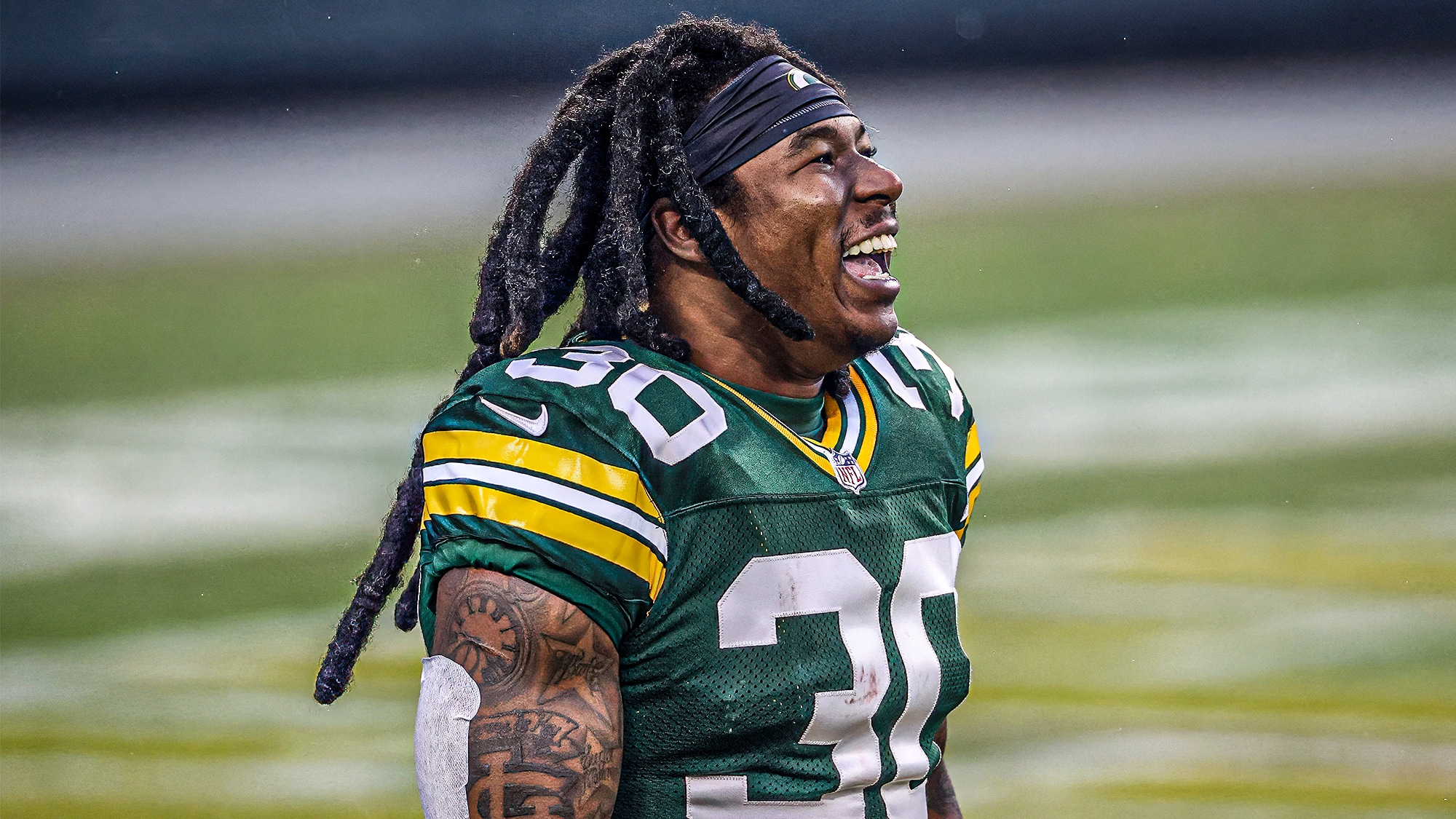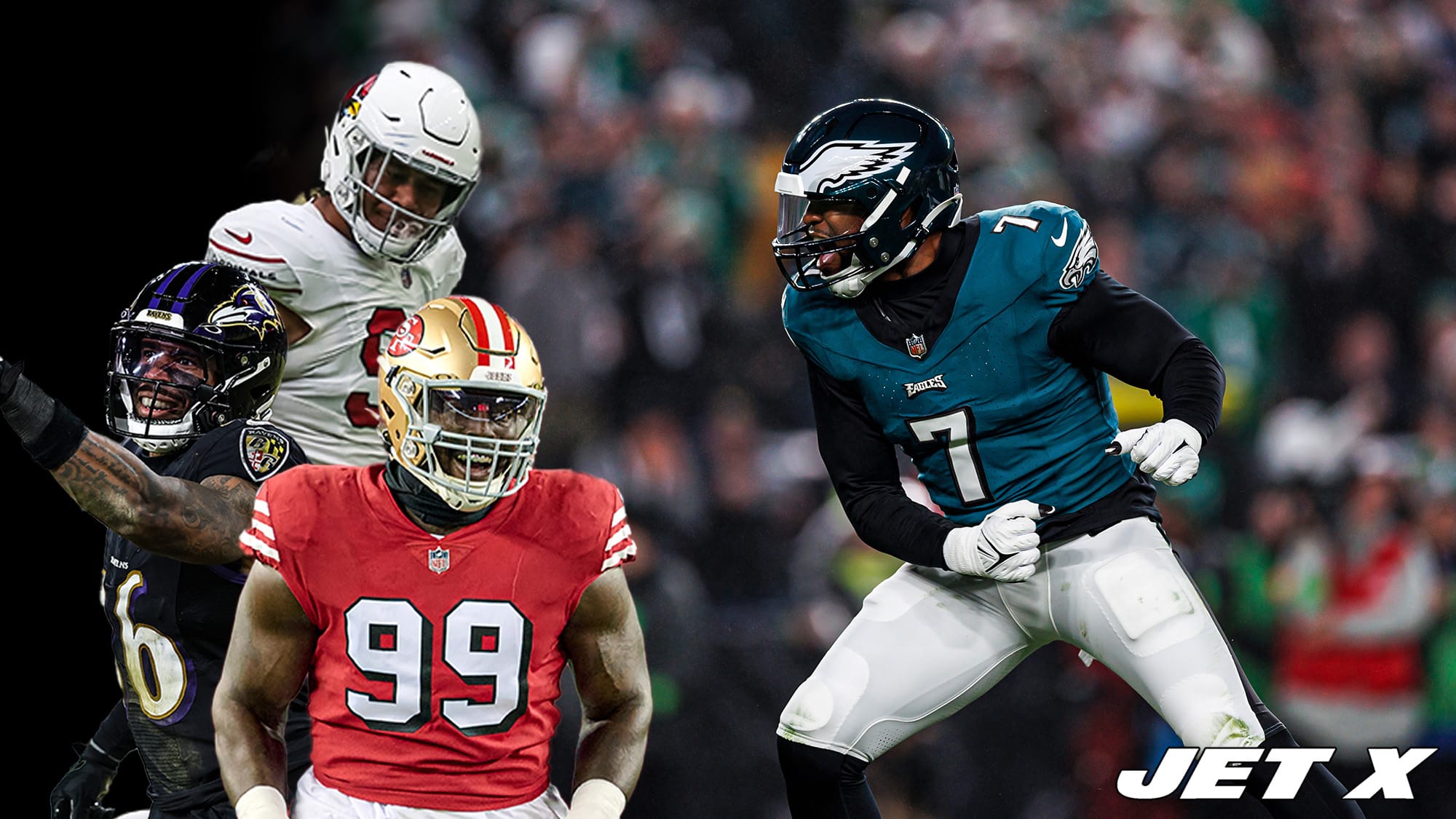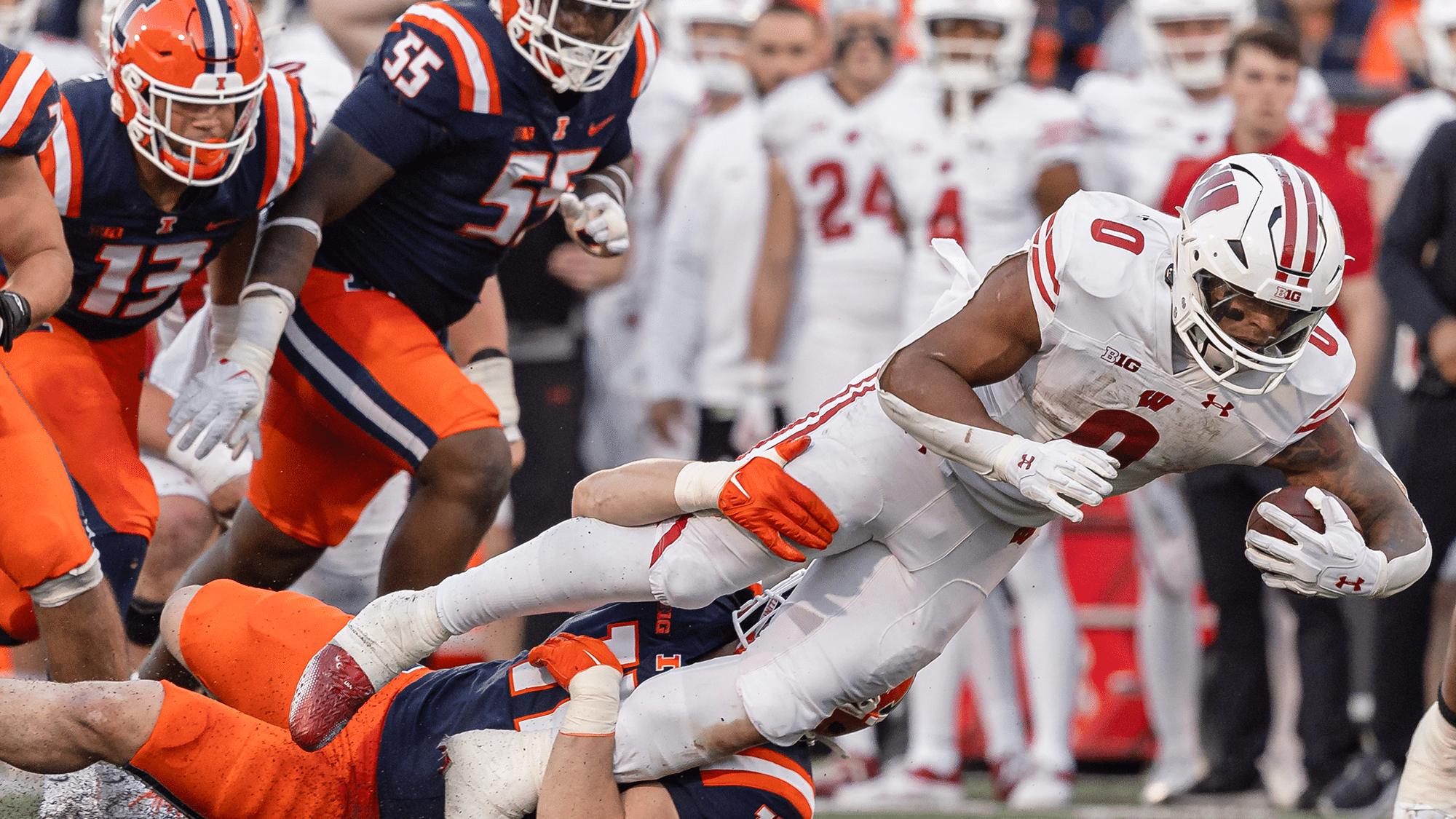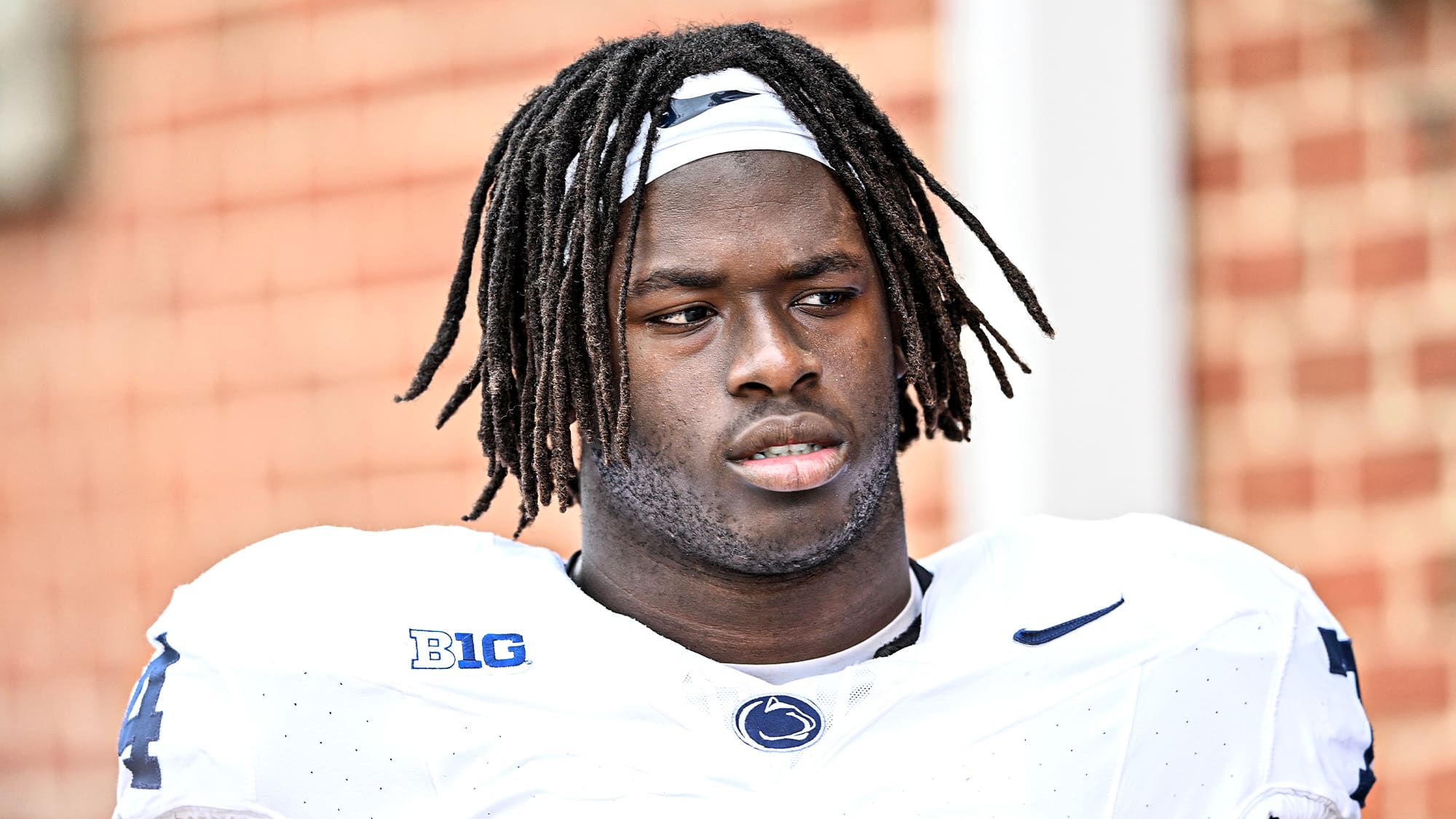Ranking 30 impending NFL free agent running backs from best to worst, based on an accumulation of their 2020 statistics.
Using an agglomeration of nine different key statistics, I ranked the 30 impending NFL free agent running backs that logged at least 25 carries in 2020. This is the fourth in a series of articles that will rank all of the qualified free agents at key positions of need for the New York Jets – I have already ranked 47 free agent wide receivers, 47 free agent edge rushers, and 53 free agent cornerbacks.
The players were ranked according to their performance both as rushers and in the passing game. As rushers, they were ranked by their average percentile ranking among qualified running backs across these five statistics:
Rushing yards per game: I included one volume-based statistic to give an edge to players who had larger roles, preventing small-sample efficiency wizards from rising too far up the rankings.
Yards per carry: The classic, standard metric of yards per carry (rushing yards divided by rushing attempts).
Yards after contact per carry: Based on Pro Football Focus’ tracking, the average amount of yards gained after being contacted by a defender per rushing attempt.
Pro Football Focus rushing grade: PFF’s all-encompassing evaluation of a player’s performance as a rusher based on the grading of every rush attempt. This stat does a nice job of crediting rushers who create production beyond what is blocked for them through high-quality elusiveness. Poorly-graded rushers rarely create extra yardage and also tend to struggle with vision and decision-making, leaving yards on the field through poor hole selection.
DVOA: Defense-adjusted value over average, via Football Outsiders. This stat estimates the true impact of all rushing attempts by using factors such as down, distance, field position, game situation, and the quality of the opposing defense.
In the passing game, the running backs were ranked according to the average percentile ranking across these four statistics:
Receiving yards per game: As in the run game, I included a volume-based stat to give an edge to players who handled a larger workload.
Yards per route run: The average amount of receiving yards gained per snap in which the player ran out as a receiving option on a passing play. This stat is effective at combining a player’s per-target efficiency with their target frequency.
Pro Football Focus receiving grade: PFF’s all-encompassing evaluation of a player’s performance as a receiver based on the grading of every receiving snap. For a running back, the key traits here are elusiveness after the catch and the ability to keep drops to a minimum. Backs who offer especially unique receiving abilities – those who can effectively run a versatile array of routes down the field – also tend to do especially well here. A lot of drops, few broken tackles after the catch, and a limited amount of production beyond simple checkdowns will all contribute to a low receiving grade for a running back.
Pro Football Focus pass blocking grade: PFF’s all-encompassing evaluation of a player’s performance as a pass blocker based on the grading of every pass blocking snap. Pass protection is an underrated piece of a running back’s skill-set. To be trusted for playing time on obvious passing downs, a back needs to be able to adequately protect the quarterback. PFF’s pass blocking grade does a solid job of estimating a back’s skill in recognizing and picking up blitzes, maintaining blocks, and finding ways to provide help to teammates when left without an assignment.
All of the run game metrics are combined to form a rushing score, while all of the pass game metrics are combined to form a passing score. Those two scores are combined to form an overall score by which the group was ranked.
Here it is: 30 of the top 2021 free agent running backs, ranked from best to worst.















